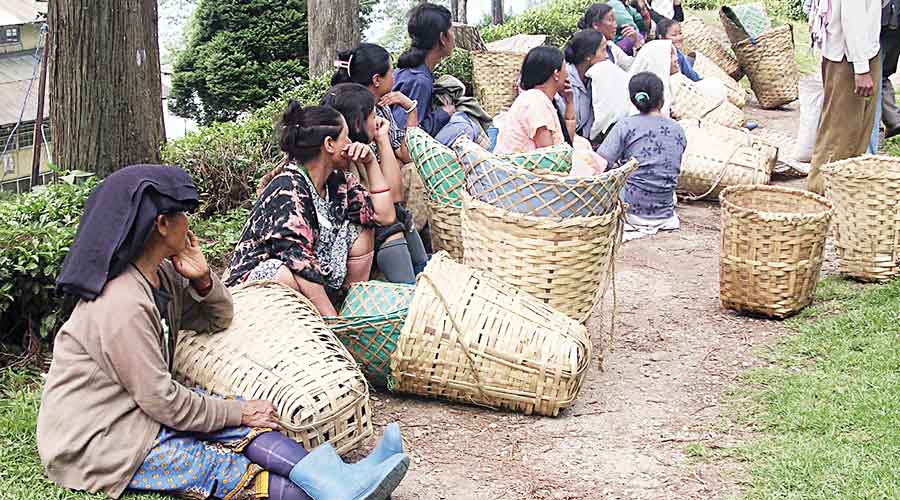Over 2 crore people with graduation degrees and higher qualifications have registered themselves as workers in the unorganised sector that primarily caters to those not literate and those with minimal schooling.
Labour economists said the data was a pointer to how abysmal the unemployment and under-employment situation was.
The unorganised sector mainly harbours casual workers receiving daily wages with no provident fund and other benefits, farm labourers and those with meagre earnings from individual trades like vending, running stalls or pulling rickshaws.
The Narendra Modi government has started registering unorganised sector workers on the e-Shram portal to create a database. The families of those registering will be eligible for accidental insurance coverage of Rs 2 lakh each.
On February 3, Janata Dal United MP Ram Nath Thakur had asked in the Rajya Sabha about the number of registered workers who were graduates or those with higher qualifications.
Minister of state for labour Rameswar Teli said in a written reply that as on January 30, 2022, more than 24.54 crore unorganised workers had been registered on the e-Shram portal. Among them, 2,00,88,063 had declared that they were either graduates or have higher degrees.
Avinash Kumar, a faculty member of labour studies at JNU, said those registering on e-Shram were associated with the unorganised sector and were ready to continue as daily wage earners.
“Among them, 2 crore are at least graduates, which means the unemployment and under-employment situation has reached pitiable levels. After demonetisation and the lockdown, there had been phenomenal job loss but there is no vision for employment creation, which is why graduates are ready to work as daily wage earners,” Kumar said.
He pointed out that the latest budget document talks about the potential to create 1.2 million jobs a year over the next five years through the Production Linked Incentive Scheme. Even if the target is achieved, there would still be a large number of highly qualified youths who would remain jobless or employed in work not befitting their qualifications.
BJP parliamentarian Brij Lal had wanted to know in the upper House the percentage of women labourers among those registered on the portal. Minister Teli had put the percentage at 52.96.
Labour economist Santosh Mehrotra said the figure of around 13 crore registered women workers in the unorganised sector was higher than the actual size of the female workforce in India.
According to government data, the Workers’ Participation Rate, which refers to the percentage of working-age people already employed, among women was 21.8 per cent in 2019-20. This means that close to 80 per cent of women of working age were not employed.
“Many women and graduates seem to have registered on the e-Shram portal without being actually engaged in the unorganised sector. The insurance coverage and the hope that some benefit may flow in the future may be driving them to register,” Mehrotra said. No documentation is needed in the registration stage.
A labour economist who did not wish to be identified said the formal sector covers only those establishments that have more than 10 employees and are registered with the government and the EPFO. But there are thousands of smaller establishments like doctors’ clinics that engage support staff, lawyers’ offices that hire researchers, and architects who take in juniors. These people are also unorganised sector workers even though they may be receiving fixed salaries.
A labour ministry official said many rural youths who were sitting idle were registering as unorganised workers on e-Shram.











